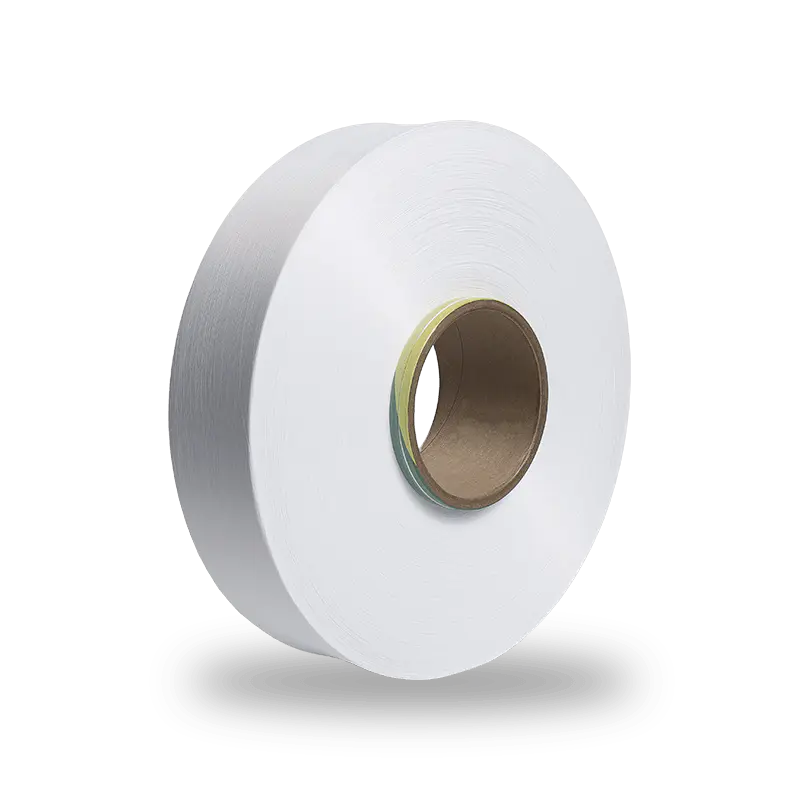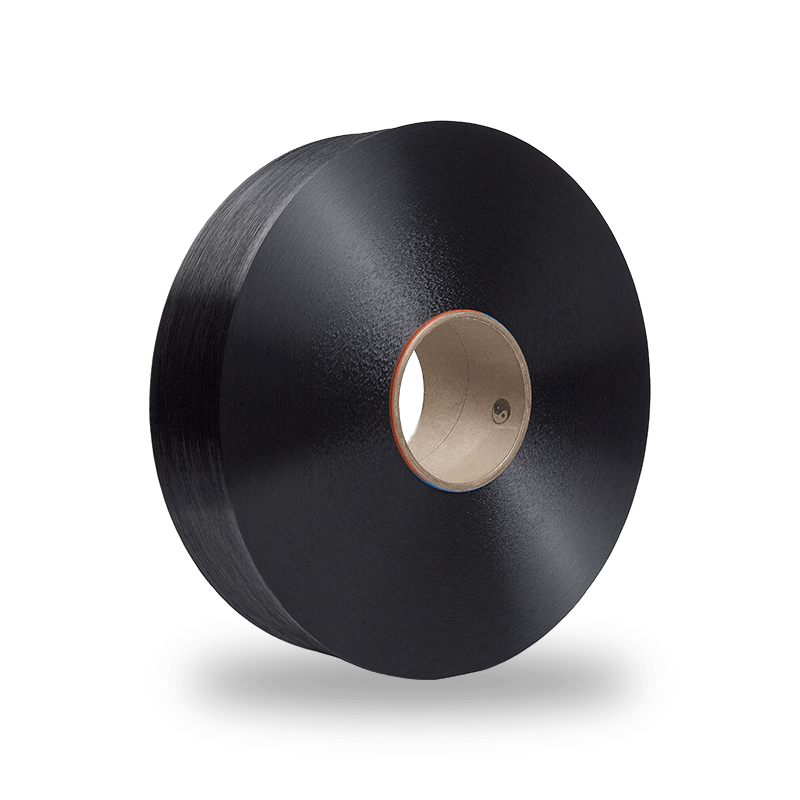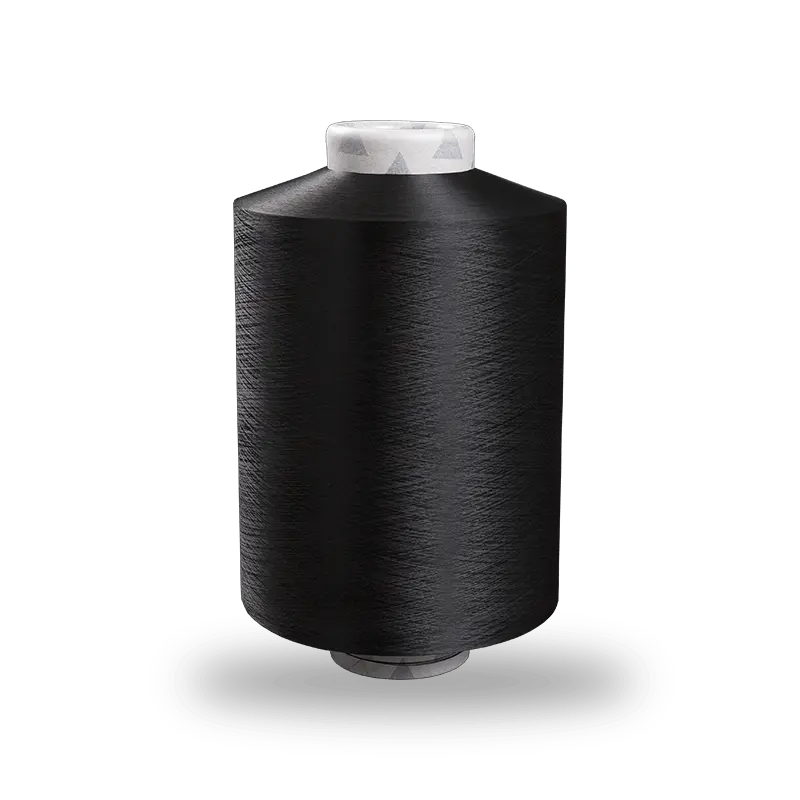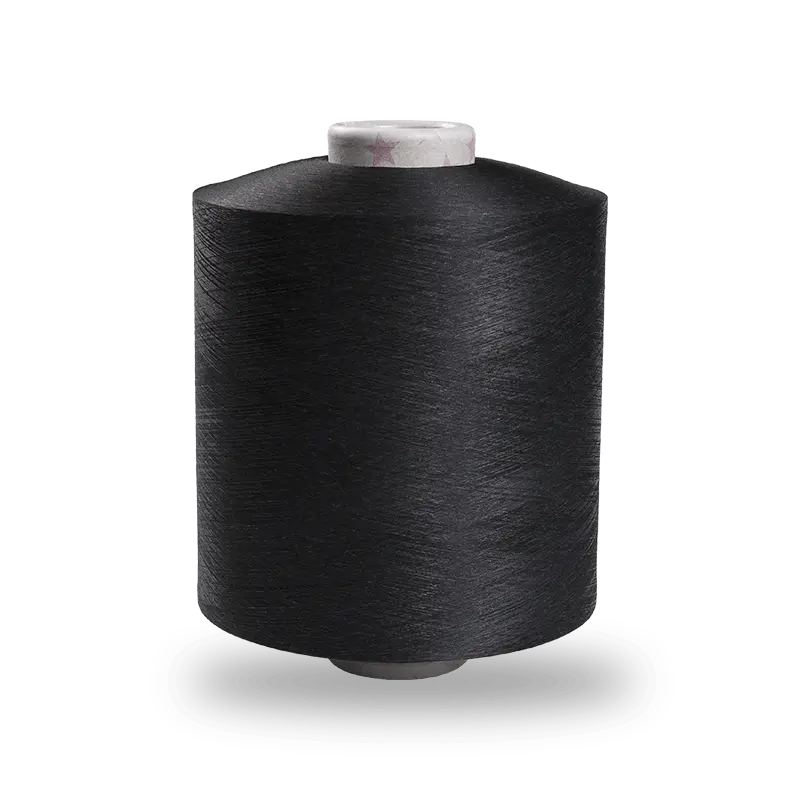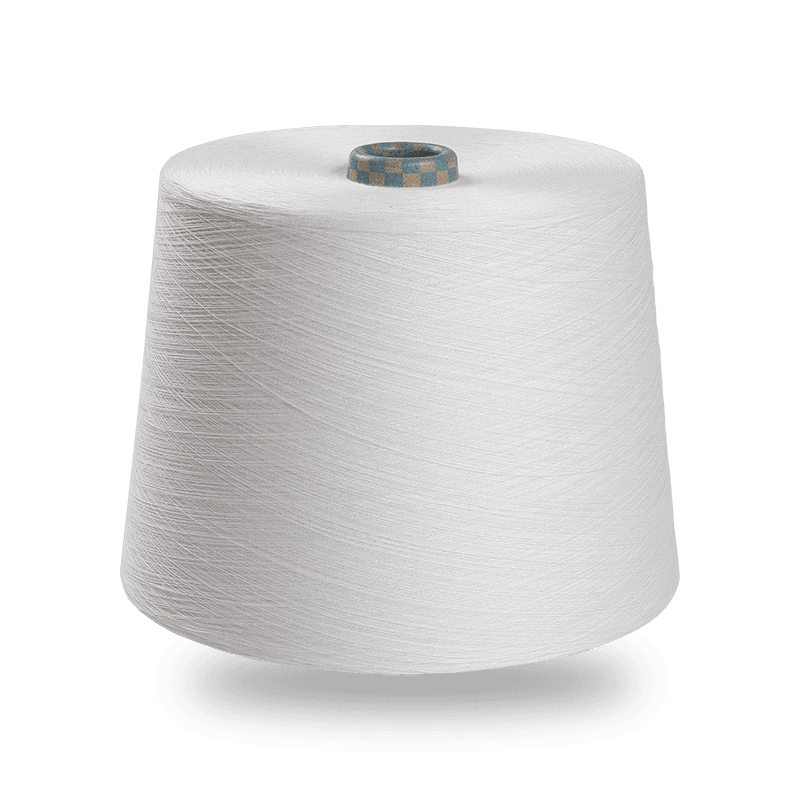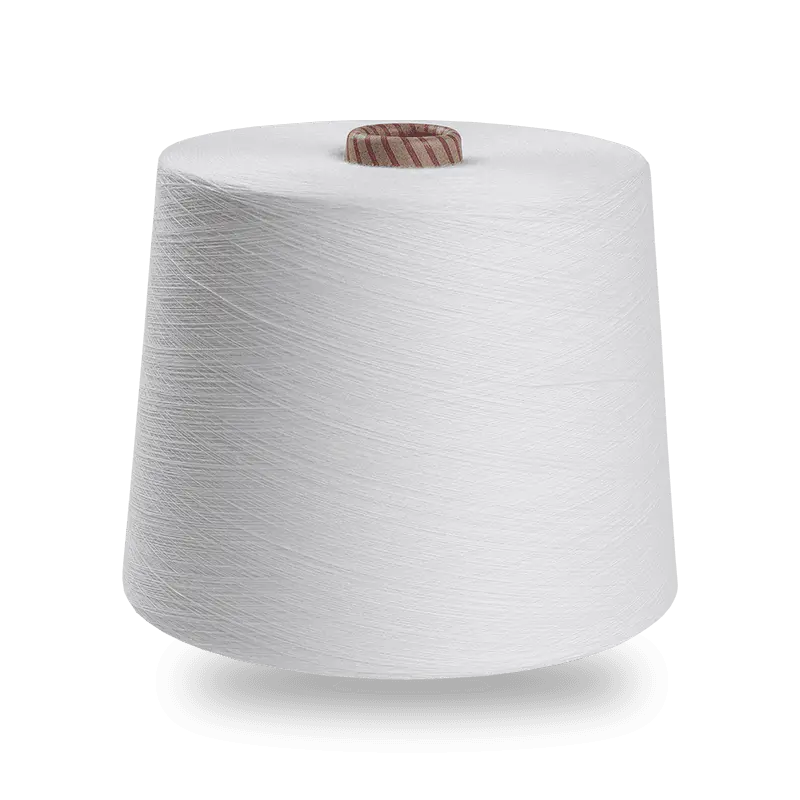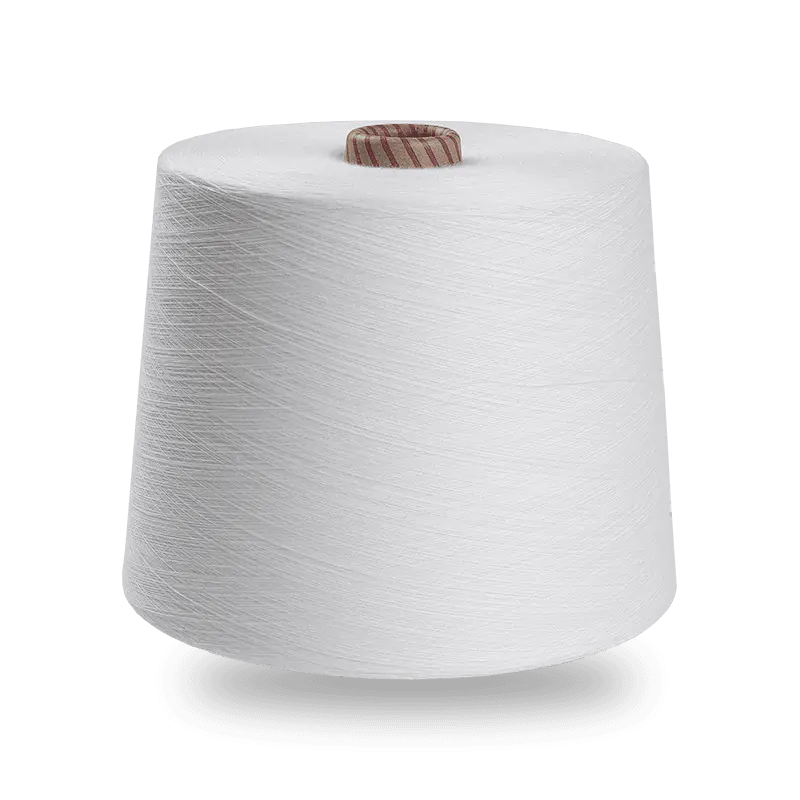Introduction
Nylon 6, a semi-crystalline polyamide derived from caprolactam, is widely used in industrial applications due to its superior mechanical properties, thermal stability, and chemical resistance. As additive manufacturing technologies evolve, the use of engineering-grade thermoplastics like Nylon 6 in 3D printing is gaining interest. However, 3D printing Nylon 6 presents specific challenges due to its material behavior. This article provides an in-depth look into the viability, limitations, and potential of Nylon 6 in 3D printing.
1. Understanding Nylon 6: Material Properties
Nylon 6 offers high tensile strength, impact resistance, and excellent wear resistance. Key characteristics include:
Melting point: ~220–225°C
Glass transition temperature (Tg): ~50°C
Moisture absorption: up to 9% by weight
Mechanical behavior: Good toughness and fatigue resistance
Chemical resistance: Strong against oils, solvents, and most chemicals
These properties make Nylon 6 ideal for mechanical parts, gears, bearings, and structural components.
2. Challenges in 3D Printing Nylon 6
While Nylon 6 is favorable for engineering purposes, it is not inherently optimized for 3D printing. The primary challenges include:
a) High Warping and Shrinkage
Nylon 6 exhibits significant crystallinity, leading to substantial thermal contraction during cooling.
Without a heated chamber and proper print environment, parts may delaminate or warp.
b) Moisture Sensitivity
Nylon 6 is hygroscopic, absorbing moisture quickly from the air.
Even slight moisture can lead to poor print quality due to hydrolysis during extrusion, which causes bubbling and weak layers.
c) High Printing Temperatures
Extrusion typically requires temperatures of 250–270°C.
This necessitates all-metal hot ends and print beds capable of sustaining 90–110°C.
3. Technological Solutions and Material Innovations
To overcome these limitations, several advancements have made Nylon 6 more accessible for additive manufacturing:
a) Material Blends and Copolymers
Manufacturers create Nylon 6 blends with additives (e.g., glass fiber, carbon fiber, or elastomers) to improve printability, reduce warping, and enhance dimensional stability.
Nylon 6/6 and Nylon 12 are sometimes used as alternatives due to lower moisture absorption and reduced shrinkage.
b) Drying and Storage Systems
Filament must be thoroughly dried before use (typically 80°C for 6–8 hours).
Specialized filament dryers and sealed storage solutions are now commonly used.
c) Heated Chambers and Advanced FFF Printers
Industrial-grade FFF (Fused Filament Fabrication) printers with heated build chambers mitigate warping by controlling ambient temperature.
Enclosed printers and print beds with adhesion aids (e.g., PVA glue, PEI sheets) enhance layer bonding and part stability.
4. 3D Printing Methods for Nylon 6
a) Fused Filament Fabrication (FFF/FDM)
Most accessible method for Nylon 6.
Requires hardened nozzles for fiber-reinforced variants due to abrasion.
b) Selective Laser Sintering (SLS)
Better suited for Nylon 6 powder forms.
Allows for complex geometries and eliminates support structures.
Offers superior mechanical properties and isotropy.
c) Material Extrusion Innovations
Multi-material systems allow printing Nylon 6 with support materials like PVA or breakaway supports.
Multi-zone heated nozzles improve flow control.
5. Industrial Applications
Thanks to its robust performance, 3D-printed Nylon 6 finds use in:
Automotive: Under-the-hood components, ducts, and clips
Aerospace: Brackets, enclosures, and cabin components
Manufacturing: Jigs, fixtures, tooling, and end-use parts
Consumer Goods: High-performance gears, sports equipment, and wearables
6. Best Practices for Successful Nylon 6 Printing
Pre-dry filament: Use a dedicated dryer or bake at 80°C for at least 6 hours.
Printer setup: Use an enclosed printer with a heated chamber (≥60°C), hotend (≥260°C), and bed (≥100°C).
Print speed: Moderate speed (30–60 mm/s) to ensure layer adhesion.
First layer adhesion: Use glue stick, PEI sheet, or Garolite build surfaces.
Post-processing: Annealing parts can further crystallize Nylon 6 for enhanced strength.
Conclusion
Nylon 6 can indeed be 3D printed, though it demands careful material handling and specialized equipment. Recent advancements in filament formulations, printer technology, and material science have made it increasingly feasible to use Nylon 6 in professional additive manufacturing workflows. For industries that require high-performance materials in functional prototypes or end-use components, Nylon 6 presents a compelling option—provided its challenges are properly addressed.


 English
English 中文简体
中文简体 Español
Español عربى
عربى
